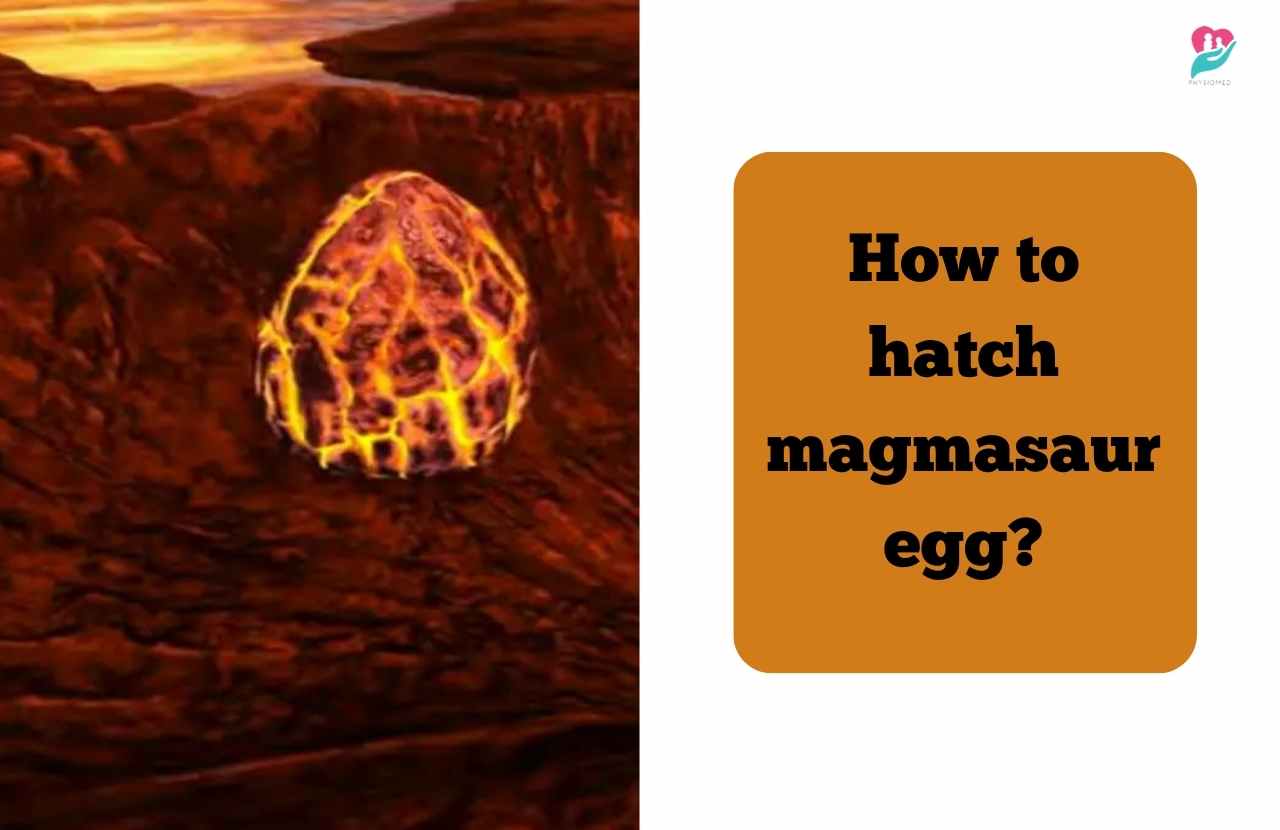To hatch a Magmasaur egg in ARK: Survival Evolved, you must create a high-temperature environment of around 175-200 degrees Celsius (345-390 degrees Fahrenheit). You can achieve this using standing torches, campfires, or an incubator. Place the egg in this environment and monitor the temperature closely. It takes several in-game hours for the egg to hatch, so be patient. Once it hatches, care for the baby Magmasaur, feeding it Ambergris and protecting it until it matures; at this point, you can ride and use it for various purposes.
Process of Hatching Magmasaur Egg
Hatching a Magmasaur egg in ARK: Survival Evolved can be challenging but rewarding. To successfully hatch a Magmasaur egg, you must create the right conditions and provide proper care. Here’s a step-by-step guide:
Acquire a Magmasaur Egg
Magmasaur eggs can be obtained by finding and harvesting wild Magmasaurs, which are commonly found in the Volcano biome on the Genesis: Part 1 map. Look for Magmasaur nests or kill wild Magmasaurs to get the eggs.
Prepare a Suitable Environment
Magmasaur eggs require extremely high temperatures to hatch. You will need to create an environment with a consistently high temperature. You can build a structure with multiple standing torches, campfires, or other heat sources. Alternatively, you can use an incubator.
Incubate the Egg
Place the Magmasaur egg in the hot environment you’ve created. If you’re using standing torches or campfires, ensure they are close enough to the egg to maintain a temperature of around 175-200 degrees Celsius (345-390 degrees Fahrenheit). An incubator can also be used, providing a controlled hatching environment.
Monitor Temperature
Monitor the temperature to ensure it stays within the required range. You may need to adjust the number of heat sources or their proximity to the egg to maintain the correct temperature.
Wait for Hatching
Magmasaur eggs take some time to hatch, so be patient. It can take several in-game hours for the egg to hatch. During this time, monitor the temperature and make adjustments as needed.
Imprint and Care for the Baby
Once the egg hatches, you will have a baby Magmasaur. Be prepared to provide care for it. This includes feeding it, protecting it from threats, and imprinting to gain its trust. You can feed baby Magmasaurs with Ambergris, which you can obtain by harvesting Astrocetus.
Raise the Magmasaur
Continue to feed and care for the baby Magmasaur until it reaches maturity. You can ride a fully grown Magmasaur for various purposes, such as harvesting metal and defending your base.
Can you Hatch Magmasaur Eggs in Lava?
You cannot hatch Magmasaur eggs directly in lava in ARK: Survival Evolved. Magmasaur eggs require a specific temperature range of around 175-200 degrees Celsius (345-390 degrees Fahrenheit) to hatch, and lava typically exceeds this temperature range. Placing the egg directly in lava would likely overheat it and cause it to be destroyed rather than hatch.
To successfully hatch Magmasaur eggs, as mentioned in previous responses, you’ll need to create a controlled, high-temperature environment using standing torches, campfires, an incubator, or other heat sources. Ensure the temperature is maintained within the specified range for the egg to hatch successfully.
Remember that game mechanics and features in ARK can change with updates and expansions, so it’s always a good idea to check the most recent in-game information or community resources for any changes related to Magmasaur egg hatching.
Final Words
After hatching, you must care for the baby Magmasaur, feed it Ambergris, protect it, and nurture it until it matures. Remember that the mechanics may vary depending on game settings, mods, or maps, so always consult in-game information or up-to-date guides for accurate instructions.

